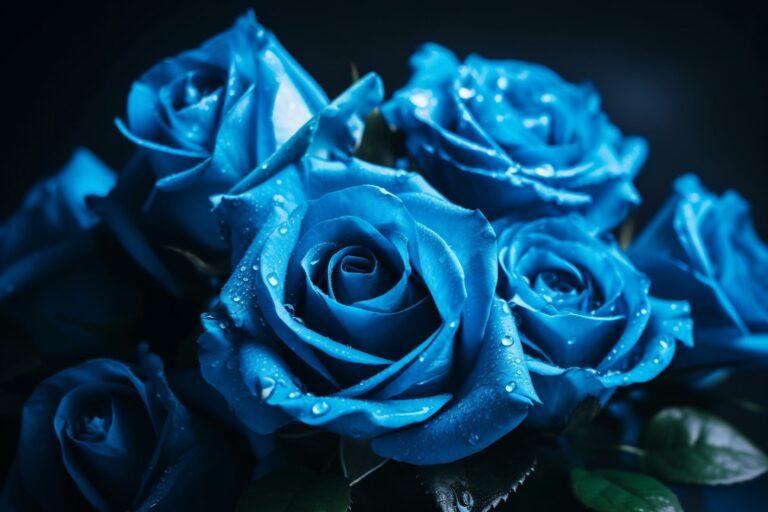Blue Rose

The effect of the blue rose
Research on the skin and scalp flora in relation to diseases such as atopic dermatitis, dandruff and alopecia areata is increasing. Our Japanese partner Tribeauté has developed an extract from the flowers of the blue rose as a cosmetic ingredient. This can be used to prevent such diseases and to support the health of the skin and scalp.
The blue rose
The refreshing scent of the blue rose, which is rare and difficult to cultivate, is different from that of other conventional roses. Roses do not normally have the synthetase of the blue pigment (delphinidin). Therefore, it was assumed that blue roses could not be produced. However, recent research has discovered the unique blue pigment Rosacynanin, which is inherited recessively. This research proves that blue roses can also be produced in nature. The ingredients are extracted and distilled from the blue rose grown in the Okhotsk region of Hokkaido.
In recent years, attention in the field of microflora has been focused not only on intestinal bacteria, but also on the bacterial flora of the skin and scalp. Research into skin and scalp flora in connection with diseases such as atopic dermatitis, scaling and alopecia areata is increasing. There are also reports that the bacterial flora of the skin changes with age. The flora is attracting attention not only in the context of diseases but also in cosmetics.
Tribeauté has developed an extract from the flowers of the Blue Rose as a cosmetic ingredient. The Blue Rose is a variety that has been developed through years of breeding. It is a rare species because it is susceptible to diseases and pests and is difficult to cultivate. The flower extract is said to improve the diversity of native skin bacteria. Therefore, a human study was conducted to confirm the effect of the Blue Rose extract. Specifically, the effect on the scalp flora as well as on the scalp and hair was examined.
Conclusion
An open-label study was conducted in a total of 22 adult male and female subjects suffering from scalp sebum, acne and dandruff. After four weeks of twice-daily application of a hair tonic with 0.1% blue rose petal extract, the relative abundance of staphylococci on the scalp decreased and the diversity of the scalp flora increased. With the change in bacterial flora, the condition of the scalp also improved, and hair diameter and hair strength increased. Hair diameter increased with a decrease in Staphylococcus or S. captis, and a weak correlation between the two was observed.
If we can also use the valuable blue rose extract for your hair care brand, please do not hesitate to contact us.